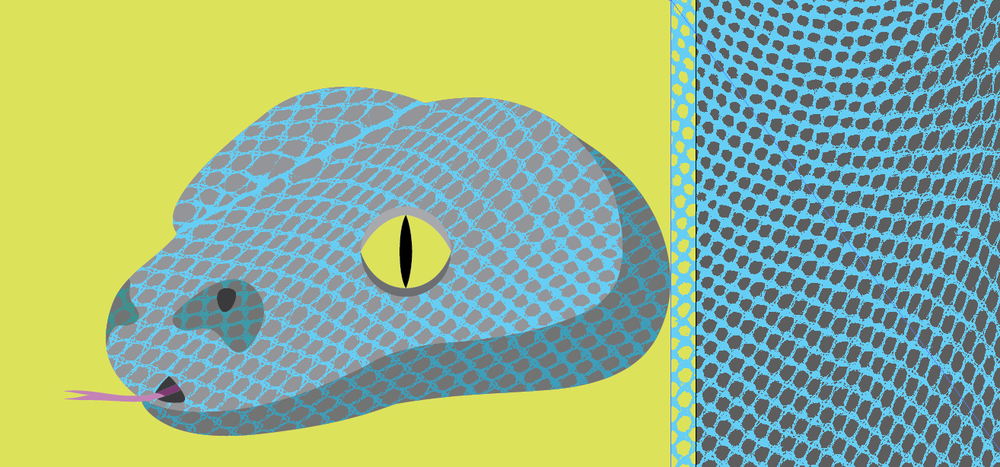
For workstationĪpplications where a complete but relatively small image is first Such as JPEG 2000, are compute-intensive to decompress.

Large images, ArcGIS reads on demand only the required imagery from To enable scalability for large numbers of Many traditional image workstation applications first read the complete image into memory and thenĪllow a user to make changes to the image before saving it. When a new imagery or raster product is created or persisted from another data source (such as a digital terrain model generated from stereo imagery) then the projection, pixel alignment, pixel depth, format and compression should be carefully chosen to ensure appropriate dynamic range, precision, and fast access. Including lossy or losslessĬompression in the format conversion is optional. The imagery, but it does result in data duplication. In some cases, it is advisable to change the format of the Necessary) to ensure that the pixel values do not change. High-quality interpretation, it is preferable (and sometimes Quality, possible artifacts, creation of NoData areas, and issues
:max_bytes(150000):strip_icc()/Luminosityboxannotated-71d0cdaeccc34896a6efb1ccf043a04c.jpg)
When imagery is processed so that the pixels are sampled (forĮxample, to change the projection), this leads to degradation in However, both programs can be used for either purpose depending on your needs.Generally, it is best to leave imagery in its original form. In general, Photoshop is better for editing raster images and Illustrator is better for creating and editing vector graphics. But if you’re working with illustrations or other types of vector graphics, then you’ll probably want to use Illustrator instead. If you’re working with photos or other types of raster images, then Photoshop is the best choice. Vector graphics can be created in Photoshop, but they may not look as smooth as they would if they were created in a vector graphic program such as Adobe Illustrator.Īs we mentioned before, it depends on what you’re trying to do. This is because Photoshop has more tools for manipulating pixels, such as the clone stamp tool and the healing brush tool. Photoshop can create both types of graphics, but it is better suited for raster graphics.

Vector graphics are made up of paths, which are lines that can be any length or width. Raster graphics are made up of pixels, which are small dots of color. Photoshop can be used for both raster and vector graphics, but there are some key differences between the two. This is a common question and the answer is not always simple.


 0 kommentar(er)
0 kommentar(er)
